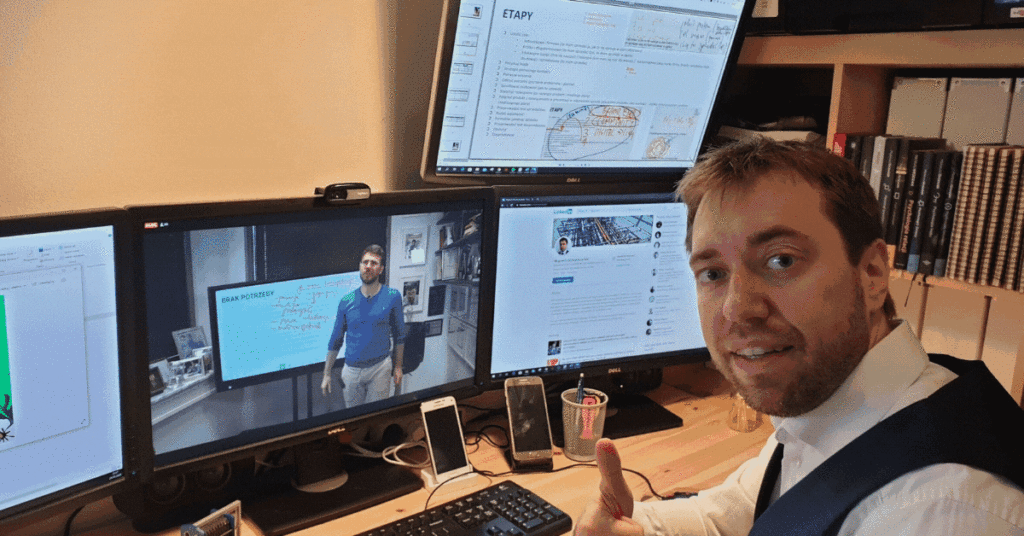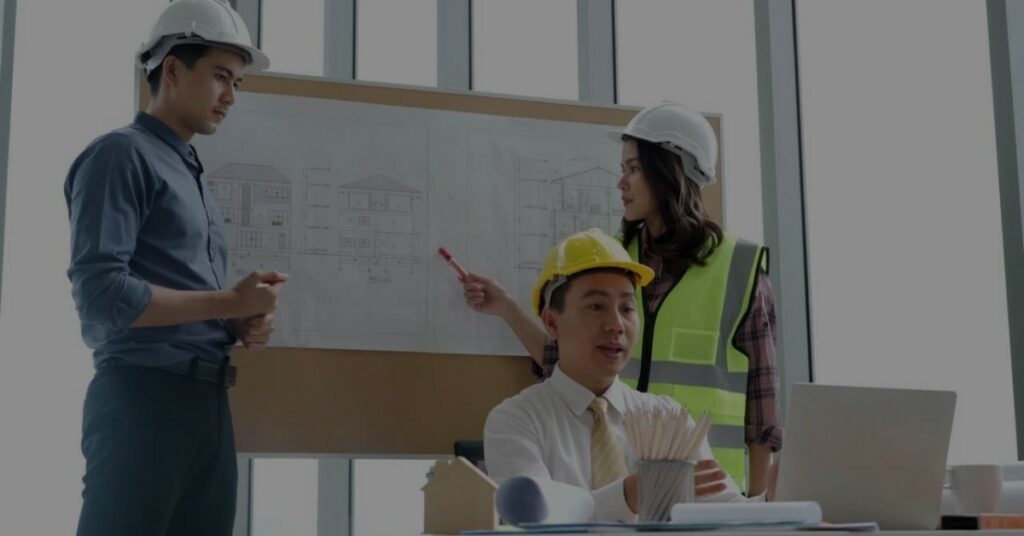How to choose a specialist so that cooperation with him brings the best results?
How to create conditions for a specialist to develop the greatest creative potential?
The growing use of the Internet in the world opens up new ways for communication between companies as never before. The transfer of business into virtual space has repeatedly accelerated the process of finding and exchanging information. With them, the very way in which work is done changes – as the pandemic has clearly shown. In a survey carried out in March of this year, as many as 88% of those surveyed indicated that they had moved to remote working. We are observing an increase in the employee’s independence and who is able to achieve excellent results thanks to organised methods of communication.
The need for change has affected the problem of employment itself. The omnipresence of methods of virtual communication is causing an acceleration comparable to the automotive revolution of the last century. As never before, employment agencies have gained access to independent specialists adapted to efficient communication. Nevertheless, the process of selecting and combining them with employers is still based on old and inefficient methods.

Do you want to find out what methods will allow job agencies to finally enter the age of modern communication? How should employment agencies enter the era of modern communication with the employer and contractor and how will your investment benefit from it? Continue reading to learn from my experience of having worked for over twenty years in the industry.

An incomplete description is a complete problem.
Employment agencies in the construction industry are based on finding an employee who matches the description provided by the hiring company. Descriptions are usually based on current needs and/or anticipated challenges of the construction project. Unfortunately, it is practically impossible for such a description to include all the needs and challenges that the sought-after subcontractor will be solving. Because nobody, as a subcontractor, will know what kind of problems connected with his speciality may appear on the construction site. I wrote about this in a previous article, to which you can find a link here:
The description of the challenges is therefore usually incomplete and it is in this form that it goes to the employment agency. And on the basis of this incomplete description, they will find a matching resource who at most will focus exclusively on solving the problems he is assigned. As my experience has shown me, it is only a portion of a larger pool of challenges in which his experience would be useful.
In order to fully respond to the client’s needs, the employment agency should contact him and thoroughly examine his needs by talking to him. The agency should also draw his attention to consider the problems that his clients have encountered in the past. Only on the basis of this internal analysis, supported by their own database, should they start looking for a suitable specialist.

When the value of a specialistis attested to by his or her creativity.
A client who is watching out for the best interests of the investor should obtain a list with the scope of duties from him. The list should be provided to potential candidates through an employment agency. And those, using their experience, must prove that they can meet the project challenge and support it with examples from their portfolio. They should also present the project proposals which they think will be the most appropriate, supporting this with knowledge of the latest solutions available on the market.
This method will result in the selected contractor being able, not only to meet the current challenges but also being able to propose unconventional, modern and sustainable solutions. His portfolio should provide additional supporting evidence that, in his work, his creativity has brought tangible and beneficial results for the investor.

What opportunities do you specialise in remote working?
In the description sent to employment agencies, clients often mention the obligation to work “on-site”. This restricts the freedom to perform the tasks of the subcontractor, who, while working remotely, achieves equally good or even better results. A workstation that he has adapted to his own needs excludes problems associated with working on unfamiliar equipment. It also removes the obligation to service and repair the equipment from the client who does not detect faults in time.
The ability and preparation for remote work is a huge asset which should be sought by employment agencies. Especially in the times of COVID-19, it opens the possibility of not stopping the construction process due to constantly changing regulations concerning work on- site. Of course, an experienced subcontractor will also have no problem with travelling to the construction site, as I have already written here:
Agencies should identify a contractor who is able to adapt their working methods to the constantly changing market needs.

How do you allow a specialist to use his skills to the full?
Specialists who are employed to simply carry out a task will not be able to use their full potential. If the solution required of them does not match up with what they themselves would propose, it is a huge loss of potential and creativity. An investor is often unaware of the challenges that a subcontractor hired to carry out his narrow task could face. Another huge obstacle is a manager unwilling to open up new methods of cooperation. Such a manager sabotages attempts and proposals for alternative solutions because he often does not understand them and is afraid that they will be discovered. He, therefore, prefers, for his own safety, to stick with his tried and tested methods within a narrow range. By following the industry’s established principles, he is slowing down the path of innovation that is used in other parts of the world, on a daily basis.
In the most advanced construction projects in Europe, where I have worked, my experience is used not only to provide modern installation solutions but also to consult and advise at every stage of investment. The investor, working with me as a specialist with his own company, is sure that each party is committed to the best and individual approach to the design challenge.

How modern are the talks being conducted between the parties involved with the project?
Hiring an employee to perform a task without further interference in the project or as a substitute for a position that is missing a principal is a very short-sighted approach to problems. A modern, experienced designer is no longer a mercenary – good performance of a task is a priority, but the scope of his knowledge does not end there. The designer’s team is able to see the shortcomings in the project before the manager recognises them. It is precisely by failing to notice them in time that investors take most of their losses today.
A modern solution is to include the work agency in the talks. It is worthwhile to agree on a working model based on the Business-to-Business form in the contract. Thanks to this, it will demonstrate the greatest possible professionalism in the interests of each party. The agreement must also include a provision about the method of communication between the parties. The Spiral Communication Model, used by our company, is the most modern way to improve cooperation between the project parties.
If you want to find out what solutions your investment needs or if you are not sure if you are choosing the right specialist, take advantage of our many years of experience and contact us. And if you are interested in the problems described in this article, have a look at our other texts, where we discuss them in greater detail.


